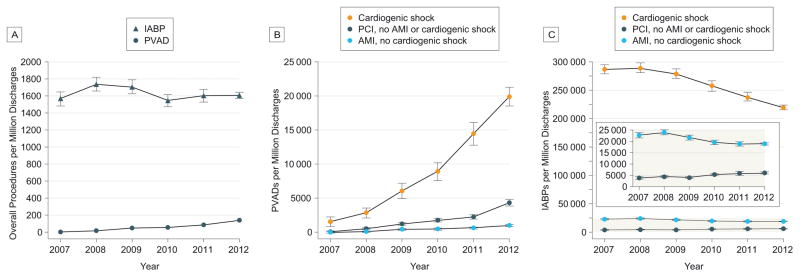Figure 3. Calendar Year Trends in the Use of Percutaneous Ventricular Assist Devices and Intra-aortic Balloon Pumps in the United States, 2007 – 2012.
Estimated use of PVADs and IABPs per million discharges (± standard errors). A. Use of PVADs increased from 4.6 per million (2007) to 138 per million (2012; P for trend < .001). Use of IABPs decreased from 1738 per million (2008) to 1608 per million (2012; P for trend = .02). B. Use of PVADs increased in patients with cardiogenic shock, AMI without cardiogenic shock, and PCI without AMI or cardiogenic shock (P for trend < .001 for all). C. Use of IABPs decreased in patients with cardiogenic shock and AMI without cardiogenic shock but increased in patients who underwent PCI without cardiogenic shock or AMI (P for trend < .001 for all).
Reproduced with permission from JAMA Intern Med 2015; 175:941–950.13 Copyright© 2015 American Medical Association. All rights reserved.
Key: AMI, acute myocardial infarction; IABP, intra-aortic balloon pump; PCI, percutaneous coronary intervention; PVAD, percutaneous left ventricular assist device.

